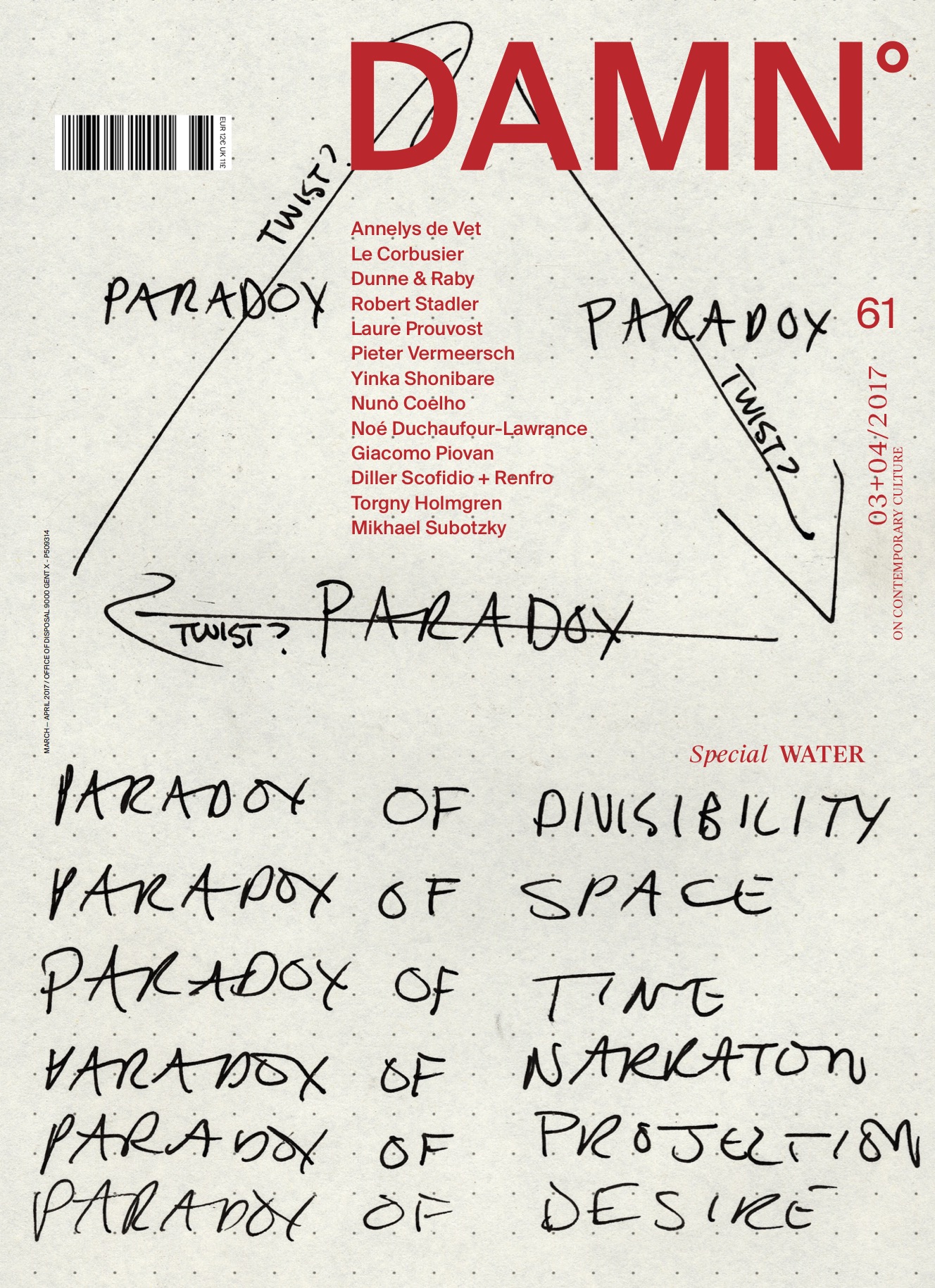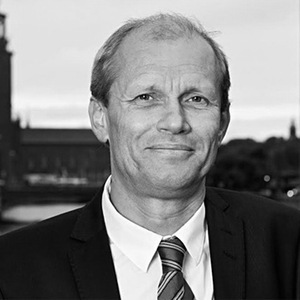Water – as we all know – is a finite resource, and we must be more careful about how we handle it. According to the OECD, global water demand is projected to increase by 55 per cent between 2000 and 2050. A circular economy, in which both water and waste are managed as the assets they are, is important to meeting this challenge. The good news is that we know we can be far more efficient in our use of water.
Many actors are already proving this. Thus, the theme of the 2017 edition of World Water Week, Water and waste – reduce and reuse, offers many opportunities for sharing such examples. In recent years, business leaders and city mayors alike have become more engaged in water and sustainable development. We must do more with what we have, and that starts with finding innovative ways to reuse and reduce wastewater. The possibilities are very exciting.
THE URBAN DIMENSION
Cities are the hub of wastewater innovation as they present the greatest wastewater challenges: sewage management, piped water, storm water runoff, and urban flooding are exacerbated by intensified urbanisation and climate change. This calls for a renewed effort by‘smart cities’practicing integrated urban wastewater management, with strong links to spatial planning and inter-institutional collaboration.
THE INDUSTRIAL DIMENSION
The most rapid growth in global water use is in manufacturing, but this sector also has the greatest opportunity for wastewater reuse. For instance, through initiatives like the Sweden Textile Water Initiative, SIWI is working with industry leaders to improve water efficiency and bottom lines.
TRANSFORMING WASTE TO VALUE
Waste offers an incredible opportunity for resource recovery. Sewage can be upcycled into energy, fertiliser, potable water, building material, or even consumer goods. The quest is for innovative and inexpensive means of converting and transforming peoples’ perceptions.
Many actors are already proving this. Thus, the theme of the 2017 edition of World Water Week, Water and waste – reduce and reuse, offers many opportunities for sharing such examples. In recent years, business leaders and city mayors alike have become more engaged in water and sustainable development. We must do more with what we have, and that starts with finding innovative ways to reuse and reduce wastewater. The possibilities are very exciting.
THE URBAN DIMENSION
Cities are the hub of wastewater innovation as they present the greatest wastewater challenges: sewage management, piped water, storm water runoff, and urban flooding are exacerbated by intensified urbanisation and climate change. This calls for a renewed effort by‘smart cities’practicing integrated urban wastewater management, with strong links to spatial planning and inter-institutional collaboration.
THE INDUSTRIAL DIMENSION
The most rapid growth in global water use is in manufacturing, but this sector also has the greatest opportunity for wastewater reuse. For instance, through initiatives like the Sweden Textile Water Initiative, SIWI is working with industry leaders to improve water efficiency and bottom lines.
Waste offers an incredible opportunity for resource recovery. Sewage can be upcycled into energy, fertiliser, potable water, building material, or even consumer goods. The quest is for innovative and inexpensive means of converting and transforming peoples’ perceptions.



